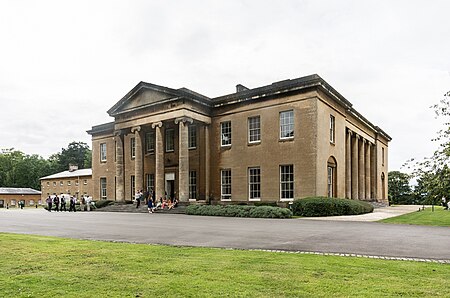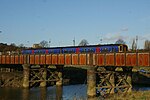Leigh Court

Leigh Court is a country house which is a Grade II* listed building in Abbots Leigh, Somerset, England. The grounds and park are listed, Grade II, on the Register of Historic Parks and Gardens of special historic interest in England.The site was a house of rest for the monks of St Augustine's Abbey, which became Bristol Cathedral. After the Dissolution of the Monasteries it was granted to Sir George Norton who built an Elizabethan mansion. One of his descendants gave sanctuary to Charles II during his escape to France in 1651. The original house was demolished and rebuilt in the Regency period by Philip John Miles and became the seat of the Miles baronets. The mansion housed a collection of over a hundred paintings representing many Old Masters. In common with many country houses after the First World War, it entered a period of institutional use in 1919 under Rev Harold Nelson Burden (1859-1930) as a psychiatric hospital but was subsequently restored. The estate now offers office accommodation, conference and meeting rooms, and the house has a licence as a venue for civil wedding services. The Palladian house has a Greek Revival interior which has largely survived the various uses of the building. The grounds were originally landscaped by Humphrey Repton; part of them is now within the Leigh Woods National Nature Reserve. An organic farm has also been established based on the walled garden.
Excerpt from the Wikipedia article Leigh Court (License: CC BY-SA 3.0, Authors, Images).Leigh Court
Church Road,
Geographical coordinates (GPS) Address External links Nearby Places Show on map
Geographical coordinates (GPS)
| Latitude | Longitude |
|---|---|
| N 51.469722222222 ° | E -2.6591666666667 ° |
Address
Leigh Court
Church Road
BS8 3QU
England, United Kingdom
Open on Google Maps







